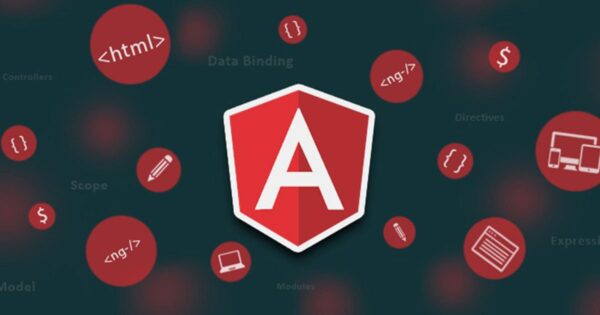Application development frameworks are the craze of the technological world today. With products and services reaching every nook and corner of the world and even our personal lives, any programmer will know that the right steps taken early on are the best way to go ahead today.
Most languages are focused on how applications appear to the end user. This has led to a few JavaScript frameworks to be embraced more readily than others, given their extensive adaptability to various devices, forms, and needs. But the story of the power behind these frameworks can be traced back to the time when Angular was introduced in the beginning.
The existence of Angular 6 has brought back the necessity of a good Angular training program that can allow for better and large-scale application development.
- Access to data streams
For a lot of JavaScript developers, the ability to create objects that can continue to process the moment they are invoked is a powerful ability to code and test. The absence of this feature in the Angular world is what troubles many programmers and makes them hesitant in embracing it fully. As a compromise, there are certain programming libraries that are installed within the environment, which help bring back the asynchronous ability to a certain degree. However, there’s a totally different way to go about this as well.
Angular brings with itself a unique functionality, termed as Observables. These are quite different from what usually exists in the JavaScript world since that is primarily focused on processing data in an asynchronous fashion. With Observables, however, the data is treated as a stream. This makes it possible to continuously monitor the stream for the presence of any new information and even invoke changes on the fly. Establishing various data formats is a given, too.
While the asynchronous aspects of Angular are being updated, a good understanding of Observables has led developers to code in a highly flexible manner. The real-time aspect of interacting with data streams is instrumental when building large scale applications, which usually have modules that need to communicate amongst themselves frequently.
2.Better control over code refactoring
When building large scale web applications, the changes to code cannot be avoided. As the application keeps getting larger, there is always a certain point where refactoring would need to be thought about. Since refactoring works only if you can optimize the codebase without changing its functionality, it is highly dependent on the kind of language and syntax used to build the code. This is where Angular finds one of its major strengths.
For most of the object-oriented programming languages out there, the coding techniques can be picked up quickly and a programmer can start building modules independently. But when it comes to JavaScript, building something requires a good amount of end-to-end thinking about modules, requirements, and future changes, in order to minimize massive code changes. A lot of the developer communities for various languages within the JavaScript framework have recognized this and have come up with some tips and best practices that help you code better.
Angular 6 has its challenges with a new framework and a lot of learning to be done in the above aspects. But the Typescript syntax that strays away from the usual JavaScript style pays itself off when the inevitable moment of refactoring comes upon you and will continue to over the years. The changes to make are simple and bring substantially less trouble compared to others.
3.A smart code with a good tool set
One of the major pillars that makes Angular such a beloved language for making enterprise-level applications is that it can be broken into workable components with absolute ease. Each one of those can be separated, tested, and rendered to check for its workability.
This also allows for creating schematics using the basic code you’ve got, which not only makes it easier to generate libraries but also give back to the open-source community that makes developer lives easier than ever. And when you use a good code editor to program in Angular, most of them are able to think ahead and logically suggest the right functions and variables that you are about to use. It’s surprisingly accurate with predictions, which go as far as importing modules and classes and helping you speed up your development pace.
A lot of people opting for Web Development training might choose to go with a different language because it’s easier to pick up and can support multiple platforms right out of the box.
Angular is difficult to learn and may not have those advantages. However, with the future of enterprise-level application development on the horizon, it is in your best interest to be trained in it and plan for a long-term solution for your own career.

